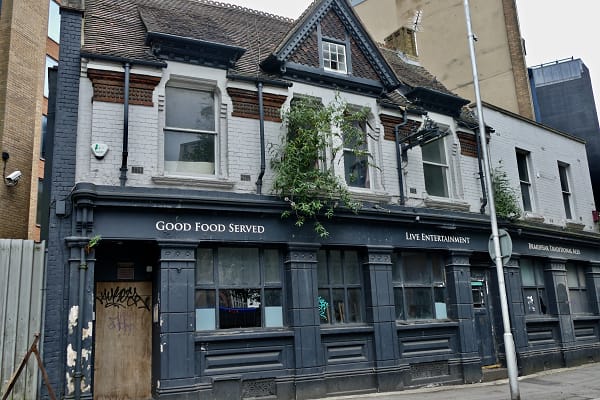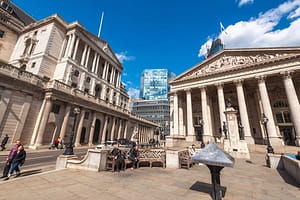Pub closures reached the highest quarterly figure in a decade in Q1 2023, with worse expected to come as banks clamp down harder on non-performing loans, according to data obtained by Price Bailey, the Top 30 firm of chartered accountants from the Insolvency Service.
200 pub businesses entered insolvency in Q1 2023, 620 over the last 12 months, representing a 68% increase on the previous year (369).
Price Bailey explains that rising interest rates will increasingly leave highly leveraged businesses in the restaurant sector unable to meet loan repayments. At the same time banks are clamping down harder on non-performing loans and shifting their focus from supporting distressed businesses to those with growth prospects. This will likely boost insolvencies despite improving trading conditions.
Separate data from National Statistics commissioned by Price Bailey reveals that optimism among publicans is on the rise despite the surge in business failures. Twice as many British pubs (35%) are now reporting turnover is rising rather than falling (16%), a dramatic improvement on six months ago when just 7% were reporting rising turnover compared to 58% saying takings were down.
Insolvencies of pub businesses, year ending 31 March
Despite the emergence of positive signs for the pub trade, a stubbornly large proportion of pubs (22%) are still operating reduced trading hours due to difficulties finding staff, although there has been a modest improvement since the end of 2022 when 29% reported reduced trading hours.
The survey of publicans, some of which operate across multiple sites, also reveals that 61% of publicans are considering increasing prices to cover energy costs, down from 75% at the end of last year, while 50% and 36% are looking at raising prices to cover increased raw material and labour costs respectively, down slightly from 54% and 45% six months ago.
8% of publicans have hired staff over the past month compared to just 2% six months ago. Looking forward over the next 12 months, 20% of pub owners are expecting business performance to improve while 16% think it will worsen – again, a dramatic improvement from December 2022 when more than twice as many publicans expected performance to worsen than improve (40% compared to 16%).
Matt Howard, Head of the Insolvency and Recovery Team at Price Bailey, comments: “While there are early signs of an improvement in trading conditions for pubs, insolvencies in Q1 reached the highest quarterly level in over a decade. The improving economic outlook may come too late for many pub businesses which have accumulated unmanageable levels of debt over a testing few years.”
“There is often a lag between a return to more robust economic activity and declining insolvencies. Banks will likely start to put increasing pressure on debtors to perform or pay off loans. Focus will start to shift from financially stressed businesses to startups and those with better prospects, which may mean that insolvencies continue to rise despite many pubs seeing improved takings.”
He added, “Pubs are still facing soaring costs coupled with an ongoing squeeze on the disposable incomes of patrons. The impact of rail strikes, which hit the pub trade hard during the peak Christmas party period, have been felt most by pubs in city centre locations. Hospitality businesses with a more diversified offering geographically and in terms of services, such as food and accommodation, have tended to fare better.”
Price Bailey says that many pubs are still operating at reduced capacity due to high energy costs and shortages of staff. In many cases this means that kitchens are open for shorter hours, which reduces their ability to capitalise on improved demand.
Howard said, “Publicans are still having to restrict opening hours and scale back the services they provide to customers. Not only has it become more difficult to justify opening during off-peak hours due to high energy costs, but lack of staff has compelled more pubs to focus on their most profitable business hours.”
Price Bailey says that while many large pub chains and small independent pubs are continuing to close in significant numbers, new types of pubs are thriving.
Wetherspoons, the UK’s largest pub chain, recently announced plans to close and sell 39 pubs. At the same time independent craft breweries are taking advantage of the craft beer boom to open their own pubs in large numbers (BrewDog recently opened London’s biggest pub at Waterloo station) and there has been an increase in theme pubs, such as the Boom Battle Bar chain, which combines food and drink with games.
Howard concluded, “Even though many of the large pub chains and independent pubs are struggling, innovative new market entrants, such as pubs owned by craft breweries, and theme pubs, such as the Boom Battle Bar chain, are successfully shaking up the industry.”





Leave a Comment